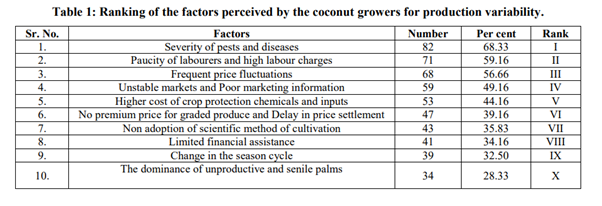Agriculture & environment
Climate change has started affecting agriculture and the environment across the globe.
The most effective way to address climate change is through agriculture and the environment itself, collectively known as the AFOLU sector (agriculture, forestry, and other land use). This sector has the highest potential to mitigate climate change in the short term according to IPCC AR6 WG3.

There are numerous initiatives that encourage people to engage in addressing climate change through the AFOLU sector. However, it is not without challenges like:
- The scale and speed required are not currently being attained.
- Progress made is sometimes undone due to avoidable catastrophes.
The questions that need to be answered are -
How do we encourage people to plant more trees when ones who do it for a living are still facing challenges?

How do we ensure the effectiveness of reforestation efforts when forests lack adequate protection and are at risk of illegal logging, clearance, wildfires, or poaching? [1] [2]
Technology
Leveraging technology could be one of the possible answers to overcome these challenges. The IPCC acknowledges the importance of technological advancements, considering them as an additional tool that could significantly enhance the potential of the AFOLU sector.

People are already exploring ways of using technology to this end – Coconut harvesting robot, Rainforest guardian sensor, Drone to fight deforestation
Democratization
But these technological solutions need to be made better, more affordable, and easier to use so that it is reachable by all. We need to democratize it. Unless we can provide the right tools for every person who needs them, we won’t be able to tackle climate change at scale and meaningfully.
Many research labs are already working on achieving this – ERL, SAID lab, Earthsense
It is time to research, develop and deploy the next generation of this technology in India too.
Here are a few examples of such technology and their use cases -
- Tree-climbing robots and harvesting drones that can ease the extraction of value from agroforestry or forestry in a sustainable manner – these could encourage people to plant and tend more trees since there is now a perennial incentive.
- Sensor-deploying drones, which help set up nodes to detect forest fires, or perching drones that can monitor illegal activities – these could aid in rapid detection and response, thus preventing a substantial amount of vegetation and effort loss.
Above are some proofs of concepts/early-stage prototypes I’ve created. Making them available at a price point and the user-friendliness of a smartphone could help in accelerating positive change and multiplying the effort of people trying to do good work on the ground.
I would love to hear what the forum thinks of this approach.






